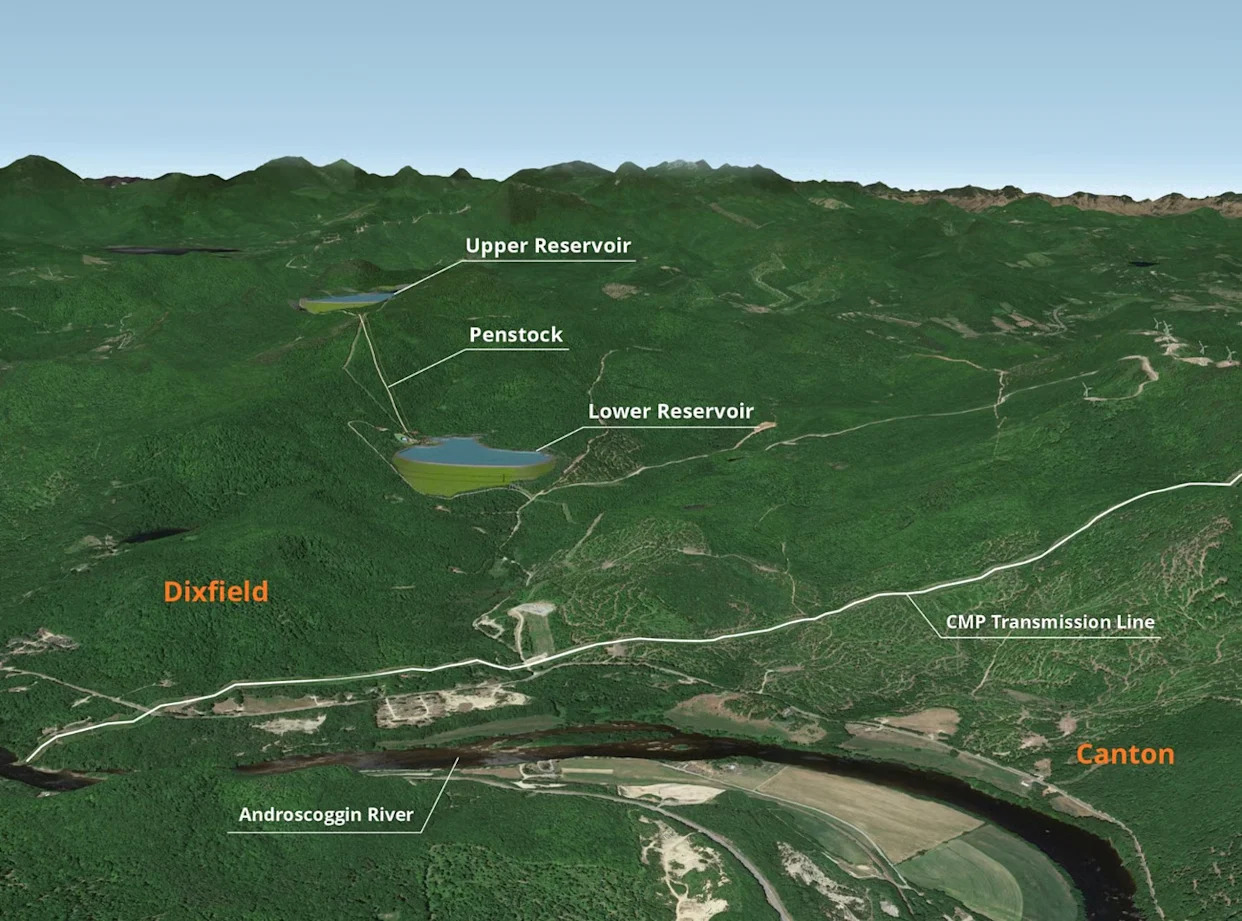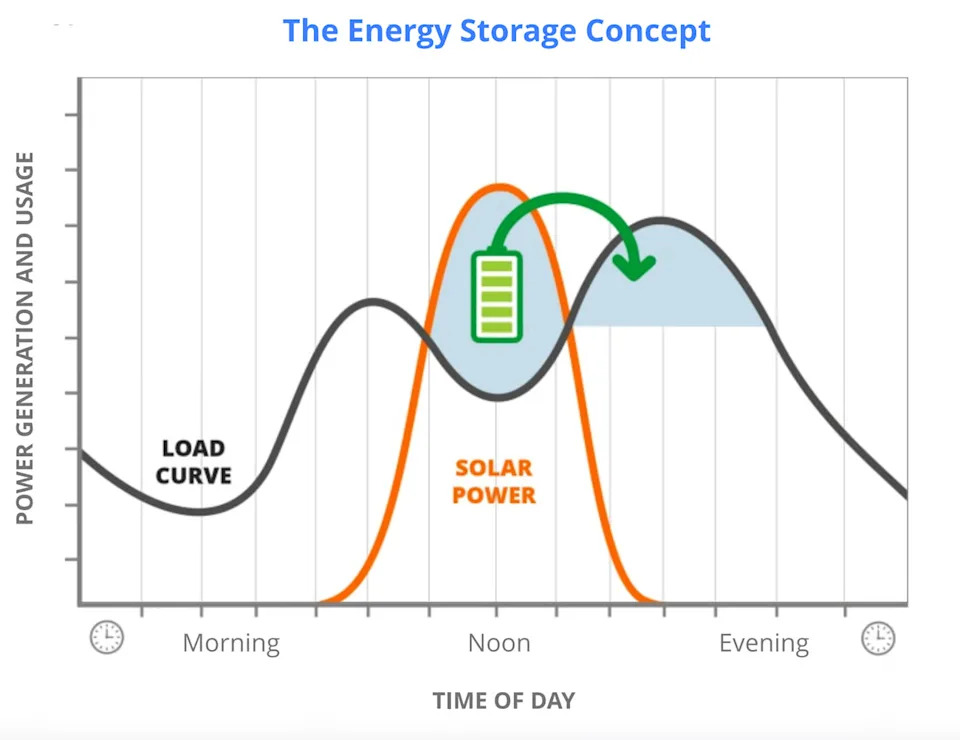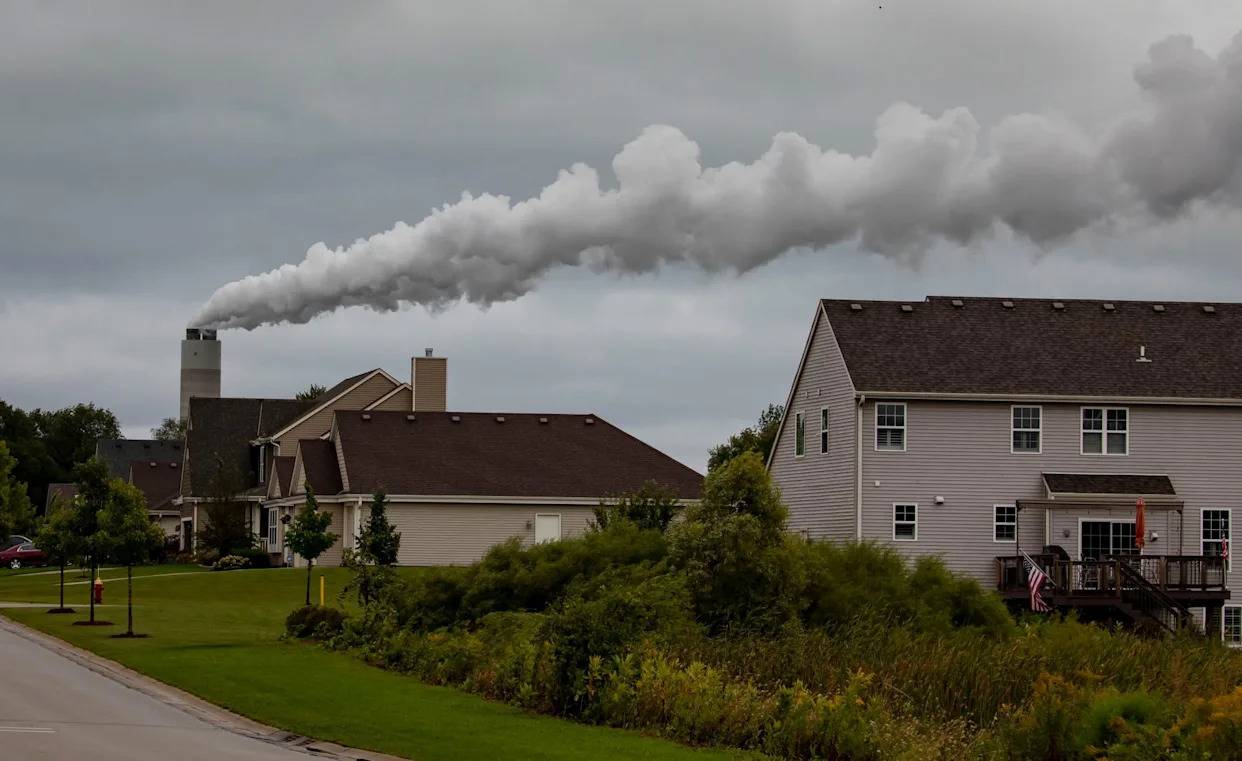
Pumped storage hydropower could be coming to Maine. In July, Western Maine Energy Storage filed for a preliminary permit from the Federal Energy Regulatory Commission (FERC) for a proposed development near the Central Maine Power transmission corridor. The project would be mostly in Dixfield, with a small portion in Canton, in Oxford County.
The FERC permit, which will secure the site for further studies including economic and environmental feasibility, is the first step in a permitting process that will take years.
Western Maine Energy Storage was established by the Pittsfield-based Cianbro Corporation in May 2024 to spearhead the “water battery,” shorthand for the two-reservoir system that involves pumping and storing water to meet the grid’s energy needs.
A primary goal of the project is to boost resilience by putting power onto the grid at times when other renewable resources, like wind and solar, aren’t generating electricity. A prime example of this is during evening hours after the sun has set, when energy demand, also known as the load curve, tends to peak.
“We all do appreciate the renewables on the grid, but they can't always supply the energy electricity that we need. So a project of this nature will help stabilize that supply,” said Lauren Walsh, Cianbro’s corporate environmental manager.
The proposed 500 megawatt project would be the state’s first and only the fourth such energy development in New England. Two pumped storage hydropower plants have operated in Western Massachusetts for decades, and Connecticut has a smaller facility that’s been in operation since the late 1920s. There are a handful of such projects around the country, according to FERC data.
How does pumped storage hydropower work?
In order to function, pumped storage hydropower relies on differences in elevation in order for water to flow between two artificial reservoirs.
Oxford County’s topography makes the chosen location a match for the proposed development. Western Maine Energy Storage plans to build an upper and lower reservoir, each at 100 acres in size. The two reservoirs will be connected by a pipe. A powerhouse sitting just above the lower reservoir will generate electricity whenever water flows down from the upper reservoir and passes through a turbine. That electricity can then be passed onto the grid.
“When power is relatively cheap, you pump water up, and then when it gets really expensive, or there's a lack of juice in the system, you flow it back down,” said Tom Brennan, director of public affairs with Western Maine Energy Storage.

Initially, the two reservoirs will be filled from the Androscoggin River in what Brennan described as a “sipping” process that will take anywhere from 10 months to a year. After that, both he and Walsh stressed that the site will function as a closed-loop project. Overland runoff and precipitation will make up for water that’s lost by evaporation.
Currently, the project timeline stretches into the early 2030s. Walsh said the goal is to begin construction in 2031, with the facility coming online in 2033, though that’s dependent on how quickly Western Maine Energy Storage can move through the permitting process with FERC.
Maine Department of Environmental Protection and the Army Corps of Engineers will also weigh in on the federal regulatory process, Walsh said. She also said that Maine DEP has already been contacted as they look to work through the environmental processes together.
From a grid reliability standpoint, Maine Renewable Energy Association’s executive director Eliza Donoghue said she is encouraged about what the project means for the state and addressing the grid’s ongoing affordability and reliability challenges. MREA is a trade association involved in advocacy at the state legislature and at the Maine Public Utilities Commission.
“There is no doubt that electricity demand across the country and including on our shared grid in ISO New England territory is going to go up significantly,” said Donoghue. Fossil fuels are one part of the affordability problem, as prices fluctuate depending on the global market.
Pumped storage hydropower, on the other hand, can help contribute to affordability, Donoghue said. Though she anticipates hard questions from stakeholders as Western Maine Energy Storage continues to engage with communities, she commended the project on its ingenuity in advancing Maine’s clean energy transition.
“What I'm hopeful for is that folks can see how reliable this technology is and how it can be a real problem solver,” Donoghue said.








Comments